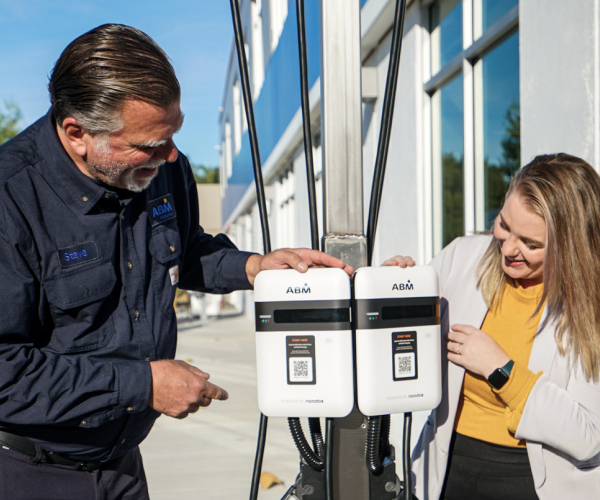July 15, 2020 — Global sustainable building technology society ASHRAE’s Epidemic Task Force released guidance in recent weeks on mitigating potential health risks during reopening of buildings closed during the COVID-19 pandemic, focusing on heating, ventilation and air-conditioning (HVAC) systems.
2019-20 ASHRAE President Darryl K. Boyce, P.Eng., stated:
Safe operation of HVAC and building water management systems are critical components of building readiness and reopening, and ASHRAE’s resources provide a framework for developing plans in a variety of building types.
ASHRAE’s recommendations for building readiness and reopening include the following:
- Create a strategic plan prior to opening a building. The plan should include measures to make occupants feel safer, ensuring supply chain for critical items such as filters and communication plans for building support and safety measures for occupants.
- If the building opening takes place when Personal Protective Equipment (PPE) requirements are still in place, ASHRAE’s Occupancy Guides can be referenced to deal with functioning buildings during the epidemic.
- Review HVAC programming to provide flushing two hours before and post occupancies. This includes operating the exhaust fans as well as opening the outside air dampers. For buildings without the capacity to treat large quantities of outside air and when outside air conditions are moderate, open all windows for a minimum of two hours before reoccupation.
- Ensure that custodial scope includes proper cleaning procedures built from EPA and CDC guidance on approved products and methods:
- Disinfect high-touch areas of HVAC and other building service systems (e.g. on/off switches, thermostats)
- Disinfect the interior of refrigerated devices, e.g. refrigerators, where the virus can potentially survive for long periods of time.
- Run the system on minimum outside air when unoccupied.
- Garage exhaust, if any, should run two hours before occupancy.
ASHRAE Epidemic Task Force Chair, ASHRAE Environmental Health Committee Voting Member and 2013-14 ASHRAE Presidential Member Bill Bahnfleth observed:
Key elements of a strategy to limit the spread of the COVID-19 virus are to perform needed heating, ventilating and air conditioning (HVAC) system maintenance, including filter changes, and to run HVAC equipment, prior to re-occupancy.
A decrease in water usage in buildings closed or with limited access during the pandemic can increase the risk of bacteria growth in building plumbing and associated equipment, points out ASHRAE. Facilities managers (FMs) and building owners can help mitigate the risk of waterborne pathogens, such as Legionella bacteria, the cause of Legionnaire’s disease, by developing a water management plan. ANSI/ASHRAE Standard 188-2018, Legionellosis: Risk Management for Building Water Systems establishes minimum legionellosis risk management requirements for building water systems.
ASHRAE Epidemic Task Force Chair of Building Readiness Guidance Wade Conlan remarked:
ASHRAE’s building readiness guidance empowers building owners with resources and practical guidance for safer operation of HVAC systems as we cautiously transition into a post-COVID-19 world.
The task force also recommends guidance released in the newly updated ASHRAE Position Document Infectious Aerosols as well as the Emerging Issues Brief.
ASHRAE’s recommendations for reopening buildings are outlined in the frequently asked questions (FAQ) section of its COVID-19 Resources webpage. Visit the page for extensive resources and strategies on safe building reopening, including ASHRAE statements regarding transmission of the SARS-CoV-2 coronavirus that causes COVID-19 and the operation of HVAC systems during the pandemic.




